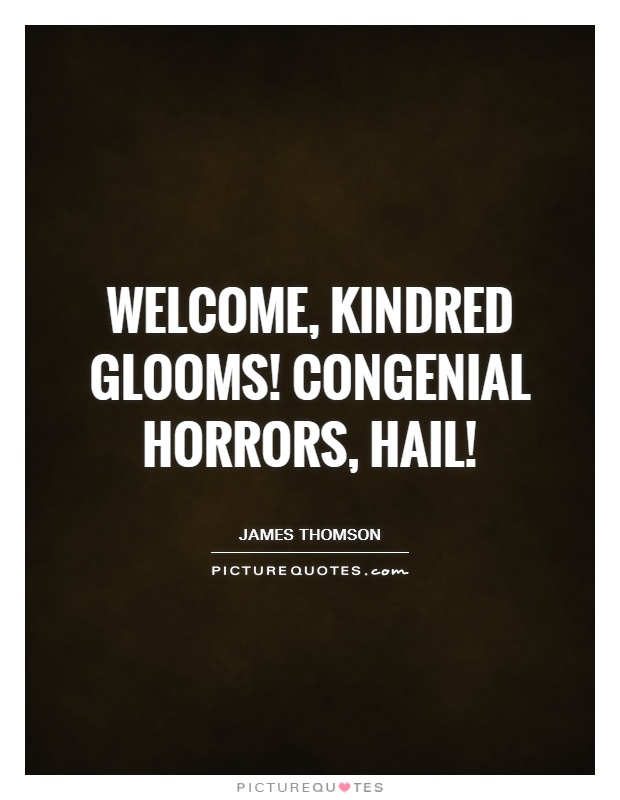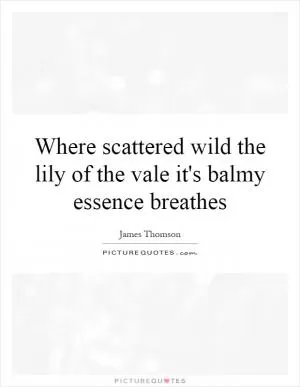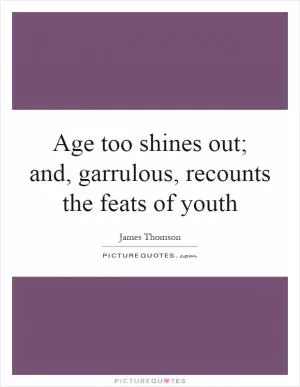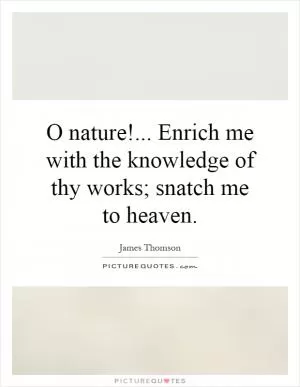Welcome, kindred glooms! Congenial horrors, hail!

Welcome, kindred glooms! Congenial horrors, hail!
James Thomson, the 18th-century Scottish poet, was known for his vivid and evocative descriptions of nature and the human experience. His works often explored themes of melancholy, beauty, and the sublime, capturing the essence of the natural world in all its glory and darkness. In his poem "The Castle of Indolence," Thomson invites the reader into a world of mystery and enchantment with the lines, "Welcome, kindred glooms! Congenial horrors, hail!"These words set the tone for the poem, drawing the reader into a realm of shadows and secrets where the imagination can roam free. Thomson's use of language is rich and evocative, creating a sense of foreboding and mystery that lingers throughout the poem. The phrase "kindred glooms" suggests a sense of kinship with the darkness, as if the poet is welcoming the reader into a shared experience of melancholy and introspection.
"Congenial horrors, hail!" further reinforces this sense of camaraderie with the darker aspects of life. The word "congenial" implies a sense of harmony or agreement, suggesting that the poet finds comfort and solace in the horrors that he encounters. This juxtaposition of beauty and terror is a hallmark of Thomson's work, as he seeks to explore the complexities of human emotion and experience.
Thomson's poetry is often characterized by its lush descriptions of the natural world, and "The Castle of Indolence" is no exception. The poem is filled with vivid imagery of forests, rivers, and mountains, creating a sense of awe and wonder that transports the reader to a world of enchantment and mystery. The phrase "Welcome, kindred glooms! Congenial horrors, hail!" serves as a gateway into this world, inviting the reader to explore the depths of the poet's imagination and experience the beauty and darkness that lie within.












 Friendship Quotes
Friendship Quotes Love Quotes
Love Quotes Life Quotes
Life Quotes Funny Quotes
Funny Quotes Motivational Quotes
Motivational Quotes Inspirational Quotes
Inspirational Quotes